GXT 255+ Onyx Microfono professionale con braccio
Microfono professionale con braccio a livello di studio di registrazione; qualità audio da professionisti e aspetto ordinato
* Prezzo di vendita consigliato (IVA inclusa), stabilito dal produttore. Il prezzo effettivo di vendita può variare a seconda del rivenditore. I prodotti presenti su questo sito Web non sono disponibili per l'acquisto diretto tramite Trust.


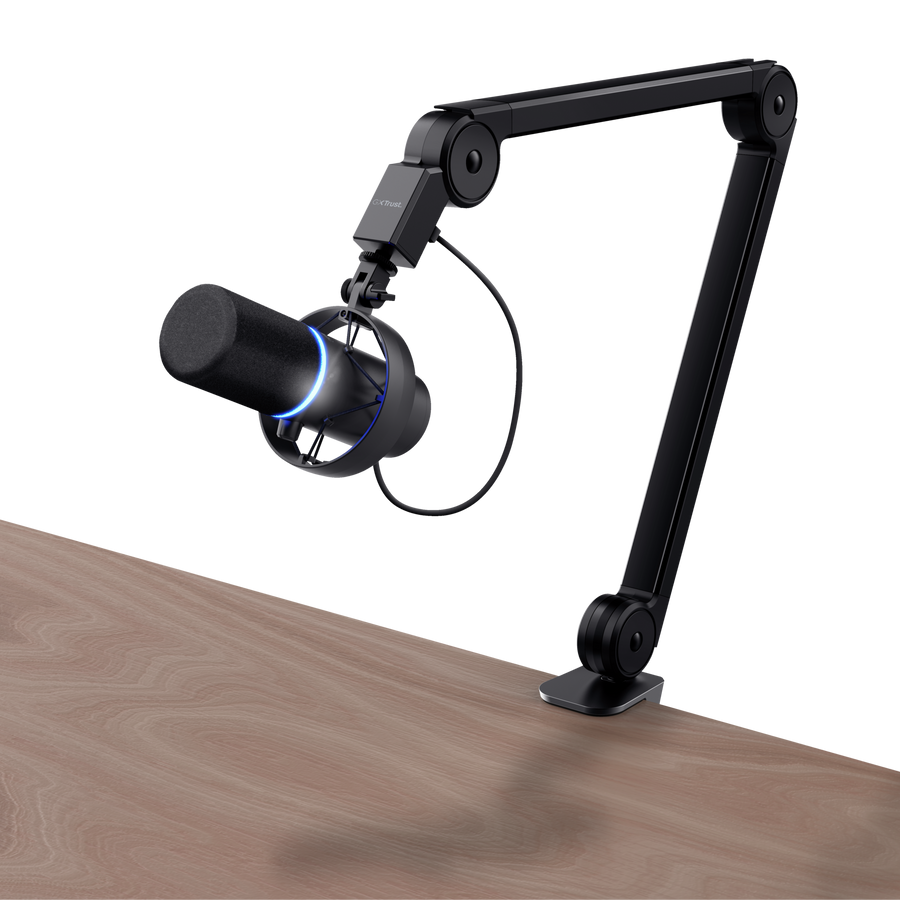
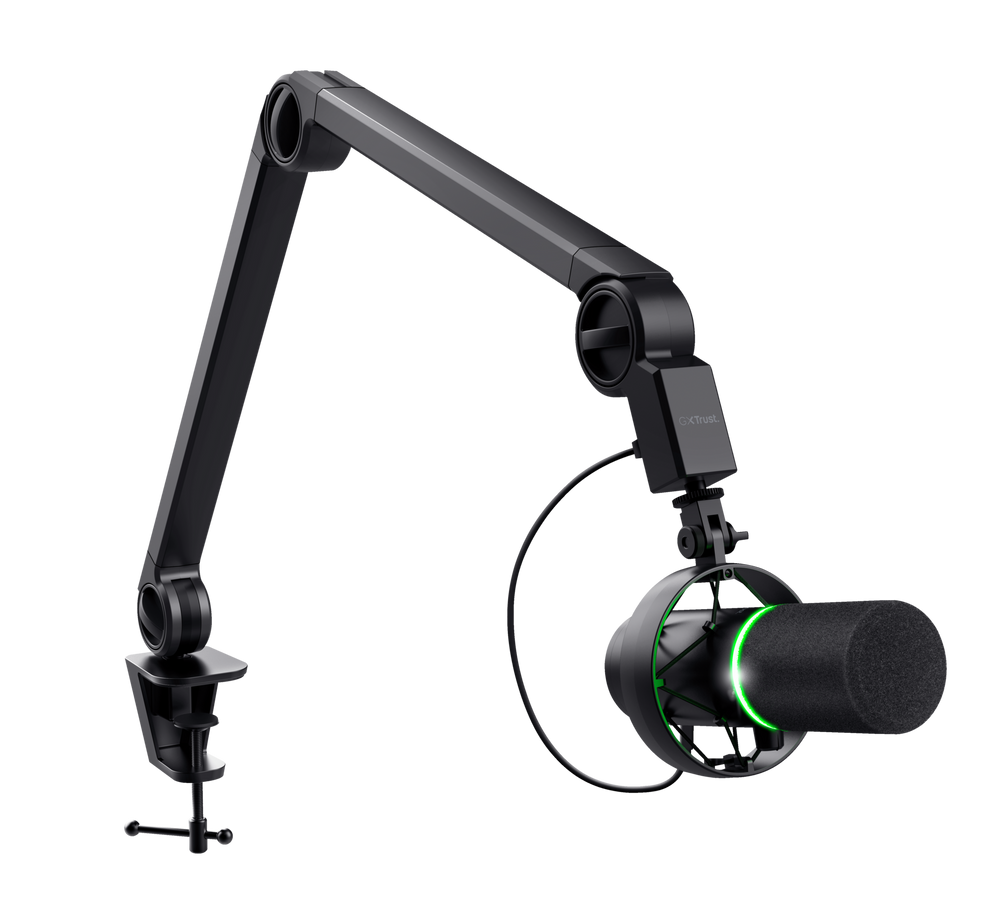
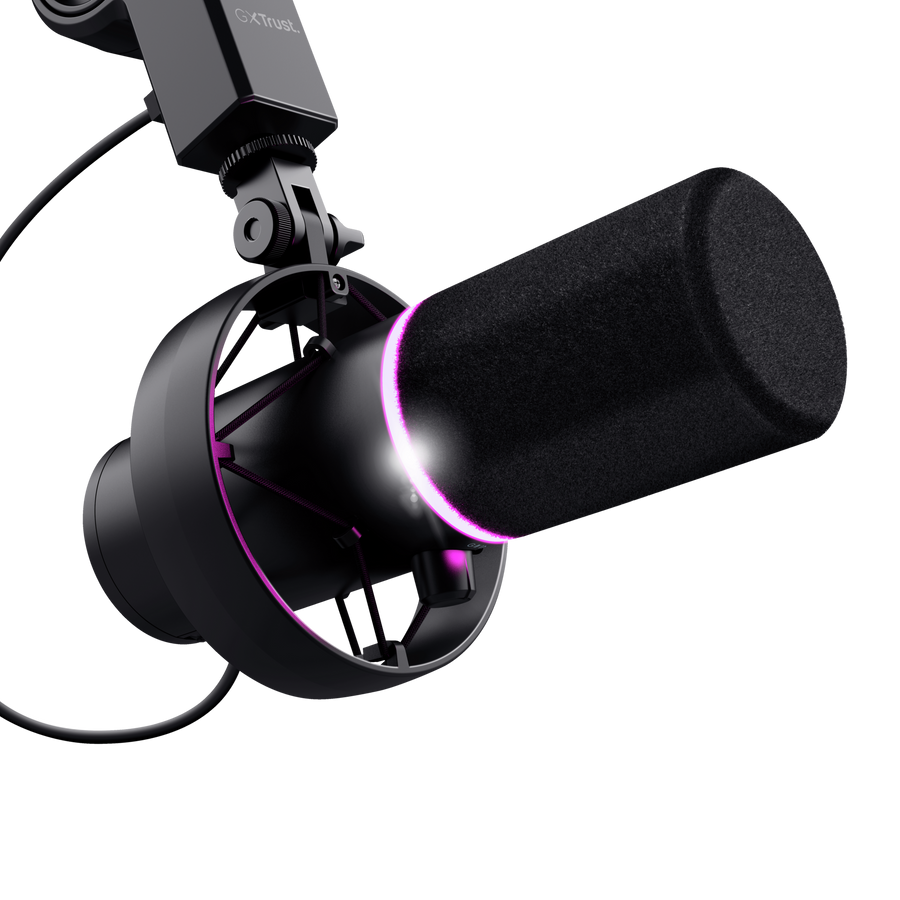
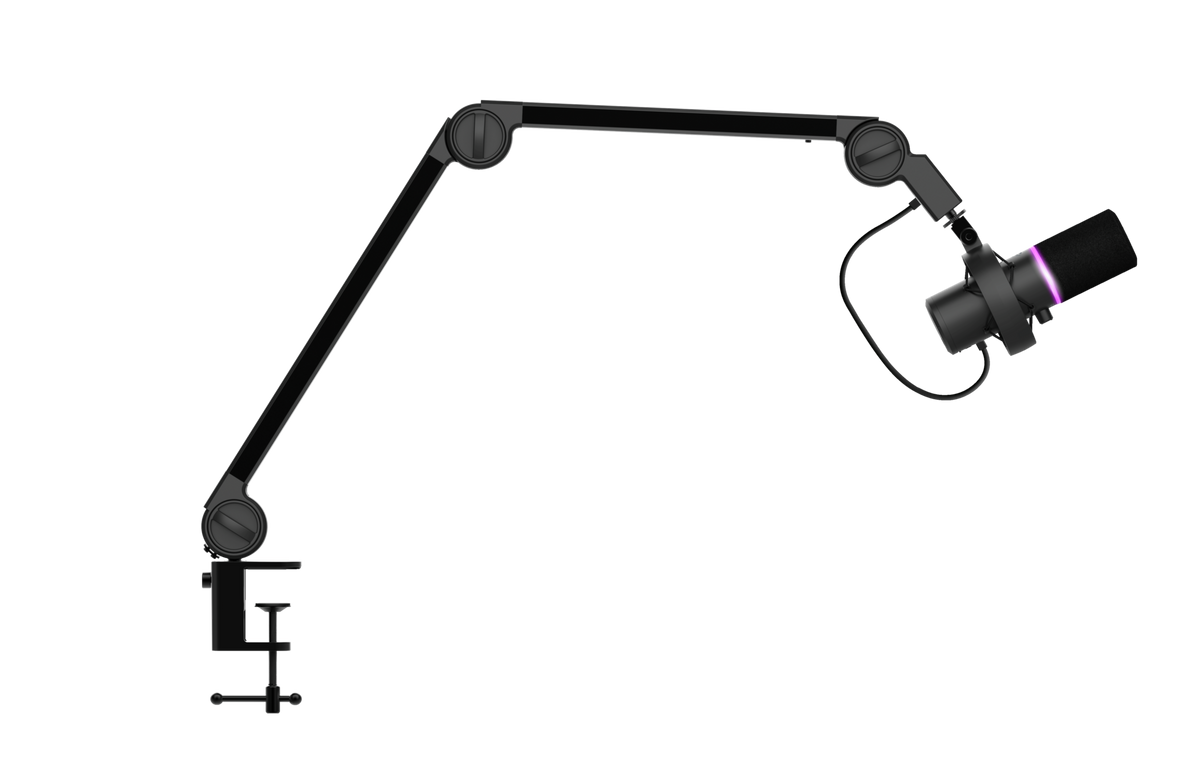
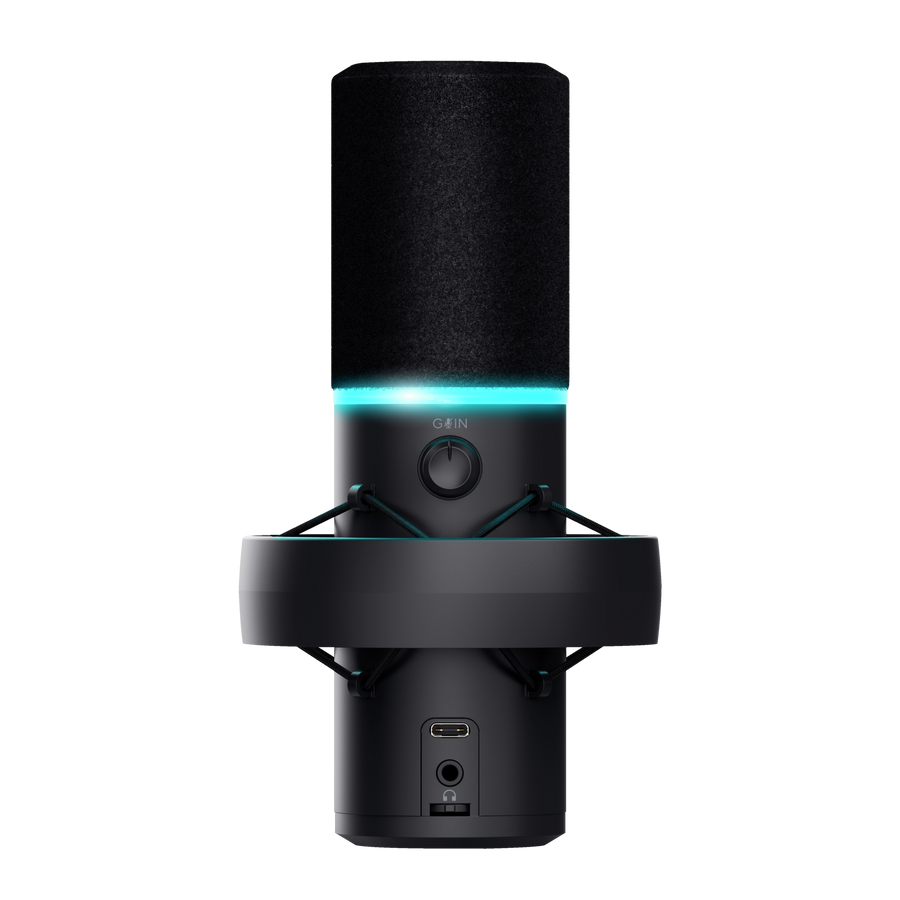
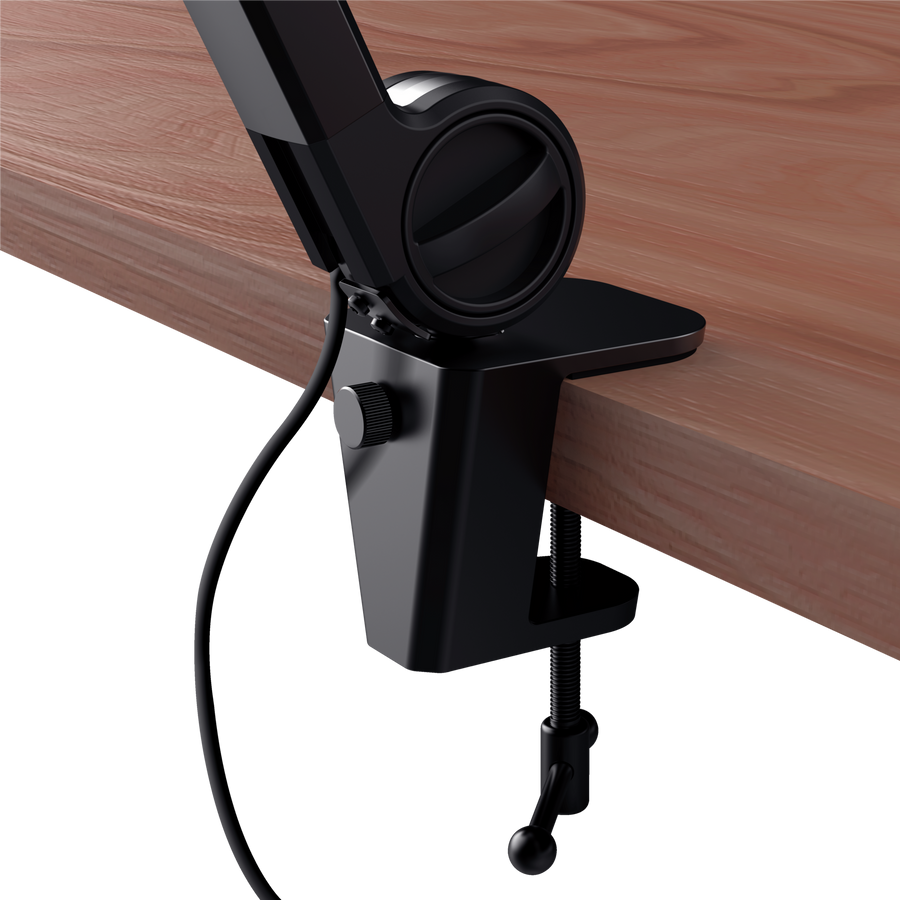
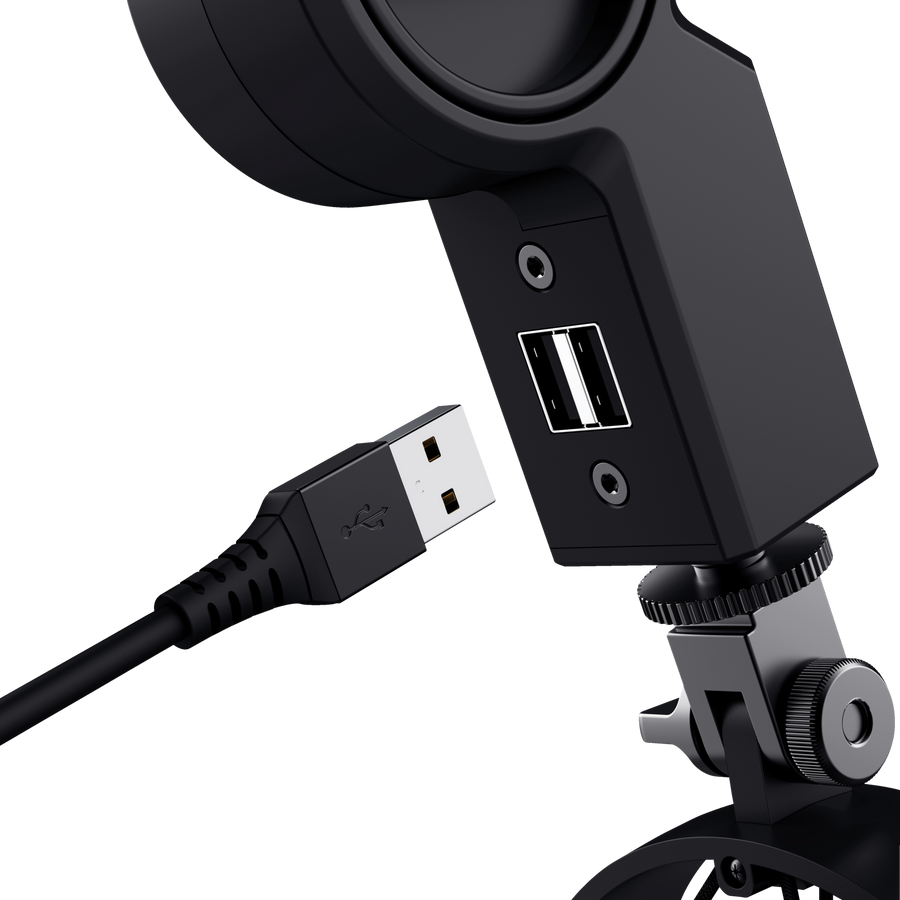

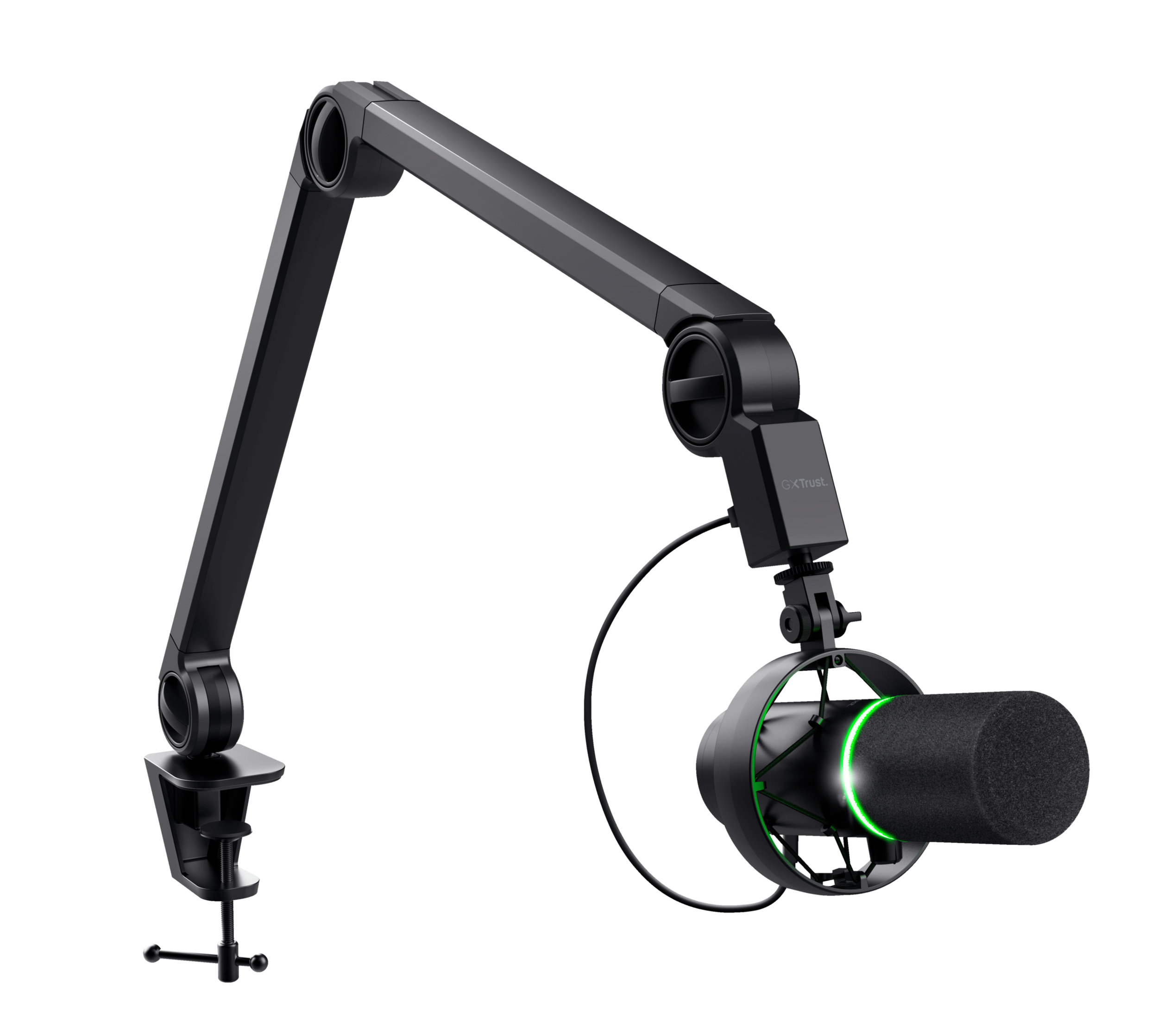





/Media/Images/Highlights/prdhigh_24354-i1.png)
/Media/Images/Highlights/prdhigh_24354-i2.png)
/Media/Images/Highlights/prdhigh_24354-i3.png)
/Media/Images/Highlights/prdhigh_24354-i4.png)
/Media/Images/Highlights/prdhigh_24354-i5.png)